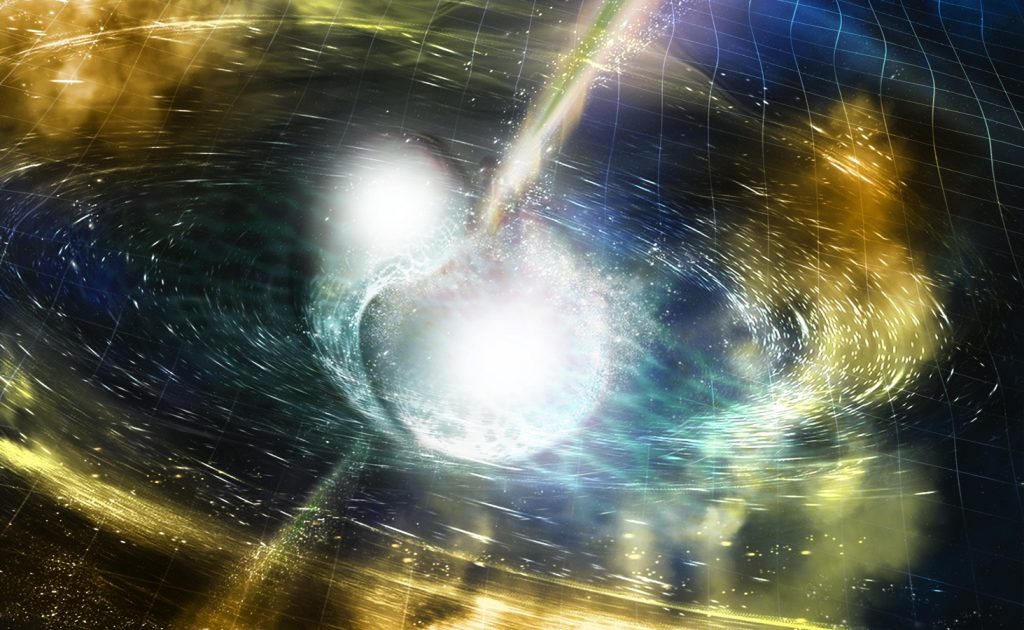
China is building a laser that can produce 100 quadrillion watts – about 50,000 times the planet’s total power consumption — a light so intense that it would equal the amount of the energy our Earth receives from the Sun.
At the heart of the Shanghai Superintense Ultrafast Laser Facility (SULF), is a single cylinder of titanium-doped sapphire about the width of a Frisbee. After kindling light in the crystal and shunting it through a system of lenses and mirrors, the SULF distills it into pulses of mind-boggling power, achieving an unprecedented 5.3 million billion watts, or petawatts (PW) reported Science.
One of the main objectives is using the laser to unravel the “weird quantum property of empty space, which has puzzled scientists for more than 80 years”, said physicist Ruxin Li. “Normally, a vacuum is thought of as completely empty, but in quantum electrodynamics, it is actually full of virtual particles that appear and vanish all the time,” he said. “However an extremely strong electric and magnetic field can affect this space and the light passing through it. So vacuum can actually behave as a prism, or 3-D movie glasses.”
Scientist only got a glimpse of this strange phenomenon recently by observing neutron stars, which are the dense remnant cores of massive stars that have at least 10 times more mass and billions of times stronger magnetic fields than the sun.
But these stars are often light years away, making them extremely hard to study accurately. “Now for the first time, we can directly create and then measure the quantum properties of vacuum on earth using the laser,” Li said.
In physics, the equation for power is energy divided by time. By reducing the time to a quadrillionth of a second, scientists can create immense power output with little energy. “The Station of Extreme Light will become a unique and valuable platform for scientists around world, from physics to medicine, to cooperate and study,” Li said.
The researchers are upgrading their laser and hope to beat their own record with a 10-PW shot, which would pack more than 1000 times the power of all the world’s electrical grids combined.
This year, Inside a cramped laboratory in Shanghai, China, physicist Ruxin Li and colleagues will start building a 100-PW laser known as the Station of Extreme Light (SEL). By 2023, it could be flinging pulses into a chamber 20 meters underground, subjecting targets to extremes of temperature and pressure not normally found on Earth, a boon to astrophysicists and materials scientists alike.
The laser, reports Edwin Cartlidge at Science, could also power demonstrations of a new way to accelerate particles for use in medicine and high-energy physics. But most alluring, Li says, would be showing that light could tear electrons and their antimatter counterparts, positrons, from empty space—a phenomenon known as “breaking the vacuum.”
It would be a striking illustration that matter and energy are interchangeable, as Albert Einstein’s famous E=mc2 equation states. Although nuclear weapons attest to the conversion of matter into immense amounts of heat and light, doing the reverse is not so easy. But Li says the SEL is up to the task. “That would be very exciting,” he says. “It would mean you could generate something from nothing.”
As the beam’s intensity rises, so, too, does the strength of its electric field reports Science. At intensities around 1024 W/cm2, the field would be strong enough to start to break the mutual attraction between some of the electron-positron pairs, says Alexander Sergeev, former director of the Russian Academy of Sciences’s (RAS’s) Institute of Applied Physics (IAP) in Nizhny Novgorod and now president of RAS.
The laser field would shake the particles, causing them to emit electromagnetic waves—in this case, gamma rays. The gamma rays would, in turn, generate new electron-positron pairs, and so on, resulting in an avalanche of particles and radiation that could be detected.
(Source: Dailygalaxy, October 25, 2018)